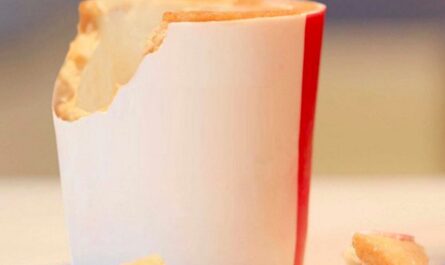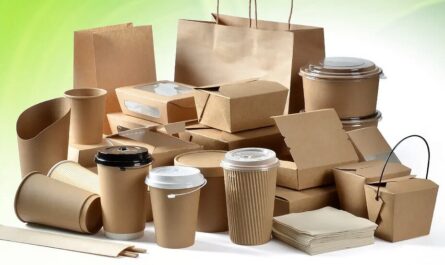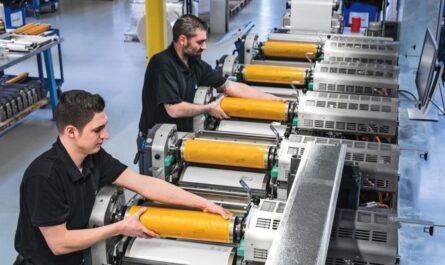Glass packaging refers to packaging products that are manufactured using glass compositions. It includes glass bottles, vials, jars, cans, and other glass packaging products that are used across numerous industries like food and beverage, pharmaceuticals, cosmetics, and personal care. Glass is an important packaging material for various end-use industries due to its inert and impermeable properties. It protects products from external contamination, degradation from light, air, moisture, and microbial activities. Moreover, glass is recyclable and sustainable in nature. The global glass packaging industry is dominated by food and beverage applications where glass bottles and jars are extensively used for packaging alcoholic and non-alcoholic beverages, sauces, condiments, jams and others.
The global glass packaging Market is estimated to be valued at US$ 63.8 billion in 2023 and is expected to exhibit a CAGR of 3.7% over the forecast period 2023 to 2030, as highlighted in a new report published by Coherent Market Insights.
Market Dynamics:
Rising demand for eco-friendly packaging from consumers and stringent government regulations towards usage of plastics are some of the major drivers boosting the growth of global glass packaging market. As highlighted in the heading, glass is one of the most sustainable and environment-friendly packaging material as it is fully recyclable and reusable. Growing awareness about effective waste management and sustainability is fueling the adoption of glass packaging across various regions. Furthermore, increasing health-conscious consumer base is augmenting the demand for glass packaging in food and beverage industries since glass does not leach harmful chemicals into products.
Segment Analysis
The global glass packaging market is dominated by food and beverages sub-segment. Glass is a preferred material for packaging food and beverages as it does not react with the contents and ensures product safety. It offers stability and acts as a barrier to air, moisture, sunlight and contaminants within. Glass packaging enhances the visual appeal and brand value of the products.
PEST Analysis
- Political: Favorable government policies promoting glass packaging over plastic are expected to drive market growth. Many nations have implemented regulations restricting plastic usage.
- Economic: Rise in disposable incomes and changing lifestyles fueling the demand for premium alcoholic beverages and cosmetic products packaged in glass. Growth of foodservice industry also augmenting the market.
- Social: Increasing health consciousness among consumers regarding use of toxin-free materials for packaging. Glass is preferred for its chemical resistance and recyclable properties.
- Technological: Advancements in glass forming and decorating technologies have enhanced design flexibility. New manufacturing processes help reduce production costs and environmental footprint.
Key Takeaways
The global glass packaging market is expected to witness high growth over the forecast period. The global glass packaging Market is estimated to be valued at US$ 63.8 billion in 2023 and is expected to exhibit a CAGR of 3.7% over the forecast period 2023 to 2030.
Regional analysis: The Asia Pacific region currently holds the major share of over 35% in the global glass packaging market led by China, India, Japan and other developing nations. Escalating demand from packaged food and pharmaceutical industries coupled with supportive government policies are fueling market expansion in the region.
Key players: Key players operating in the glass packaging market are Owens-Illinois, Ardagh Group, Veralia, Vidrala, BA Glass, HNGIL, Saver Glass, Bormioli Luigi, Zignago Vetro, Stölzle-Oberglas.



